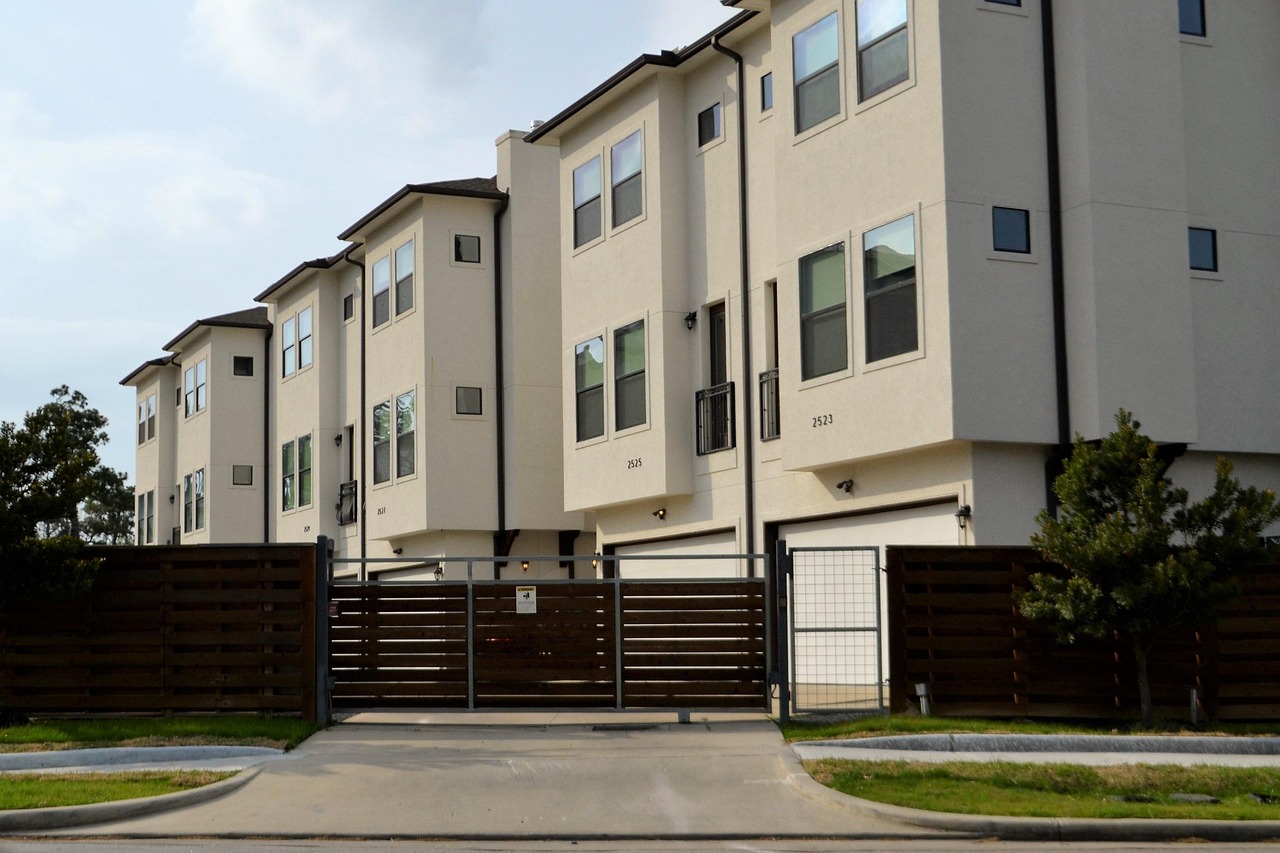The skyline of Nairobi tells a silent story — one of space, cost, and compromise. Over the past decade, apartment sizes in Nairobi have steadily shrunk, reflecting a city under immense pressure from rising land prices, population growth, and changing buyer priorities. Where a two-bedroom once offered 90 square meters of living space in the early 2000s, new units today average barely 60. Developers argue it’s economics; buyers call it adjustment. But both are reshaping how Nairobians live, invest, and dream.
The Economics Behind Smaller Spaces
Land prices in Nairobi’s core zones — Kilimani, Kileleshwa, and Westlands — have risen by more than 500% since 2010, according to HassConsult data. This escalation has forced developers to rethink profitability per square meter. By building smaller apartments, developers can sell more units within the same footprint, keeping price points attractive to middle-income buyers while maintaining margins.
Construction costs also feed the trend. Between 2015 and 2024, building material costs rose by over 30%, driven by cement, steel, and energy prices. The ripple effect? Developers prioritize compact layouts, smaller kitchens, and multi-functional spaces to keep final selling prices within reach of Kenya’s squeezed urban class.
Changing Lifestyles and Buyer Adaptation

While older Nairobi homes were designed for large families and live-in domestic staff, today’s urban residents — especially professionals and young couples — value convenience and location over size. Many prefer modern amenities such as rooftop gyms, parking, and high-speed internet, even if it means compromising on square footage.
This trend aligns with global urban patterns, where compact living is becoming mainstream. A recent survey by Knight Frank revealed that 72% of Nairobi’s millennial buyers prioritize proximity to work and social amenities over spacious homes. The “lock-up-and-leave” lifestyle is replacing the traditional Kenyan ideal of expansive homes and compound gardens.
Zoning, Planning, and the Squeeze Effect
Nairobi’s zoning laws have evolved, but inconsistently. Areas like Kilimani once zoned for single-family homes now permit up to 12-storey buildings. However, infrastructure — roads, water, and sewer systems — hasn’t expanded at the same pace. Developers compensate by fitting more units per block to spread utility costs.
The Nairobi County Urban Planning Report (2023) noted that most new developments in the city’s high-demand zones feature apartments of less than 65 square meters for two-bedroom units — a sharp contrast to the national urban average of 85 square meters.
Table: Evolution of Average Apartment Sizes in Nairobi (2000–2025)
| Year | Average 1-Bedroom (sqm) | Average 2-Bedroom (sqm) | Average 3-Bedroom (sqm) |
|---|---|---|---|
| 2000 | 65 | 90 | 120 |
| 2010 | 55 | 80 | 110 |
| 2020 | 45 | 65 | 95 |
| 2025 | 40 | 60 | 85 |
Source: HassConsult, Nairobi Urban Development Report (2024)
Developers’ Defense: Efficiency and Affordability
Developers argue that smaller apartments are not necessarily worse — just smarter. Through design innovations such as open-plan layouts, foldable furniture, and shared amenities, they maintain comfort within compact spaces. According to Optiven Real Estate’s analysis, developers save up to 15% on material costs and boost revenue by up to 30% through space optimization.
The Buyer’s Perspective
For buyers, smaller units are a double-edged sword. On one hand, they offer an entry point into prime neighborhoods. On the other, they limit future family expansion and comfort. Rental yields on smaller apartments remain higher — often 8–10% annually, compared to 5–6% for larger homes — making them appealing to investors rather than end users.
Environmental and Infrastructure Concerns
Compact living has environmental upsides — lower power consumption, reduced waste, and efficient use of land. But when done without proper planning, it strains existing water and sewage systems, leading to the chronic shortages seen in many high-density estates such as South B, Roysambu, and Kileleshwa.
The trend of shrinking apartment sizes in Nairobi is a mirror reflecting Kenya’s urban evolution — where affordability, land scarcity, and modern aspirations collide. As the city grows upward and inward, the challenge lies not in reversing the downsizing, but in ensuring livable, efficient spaces for the millions calling Nairobi home. Compact or not, the city’s pulse remains strong — but its breathing space is getting smaller every year.




